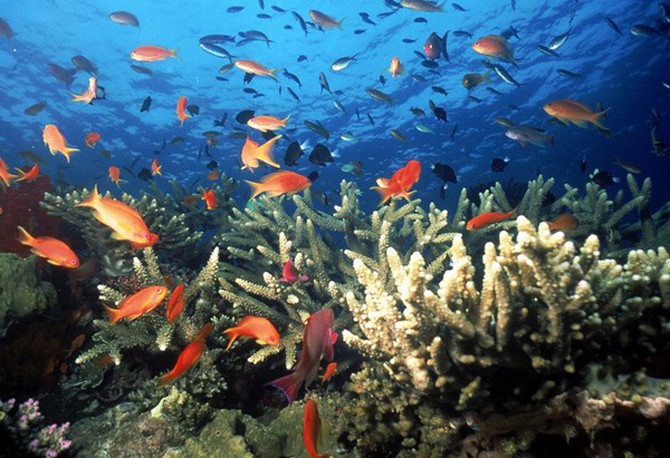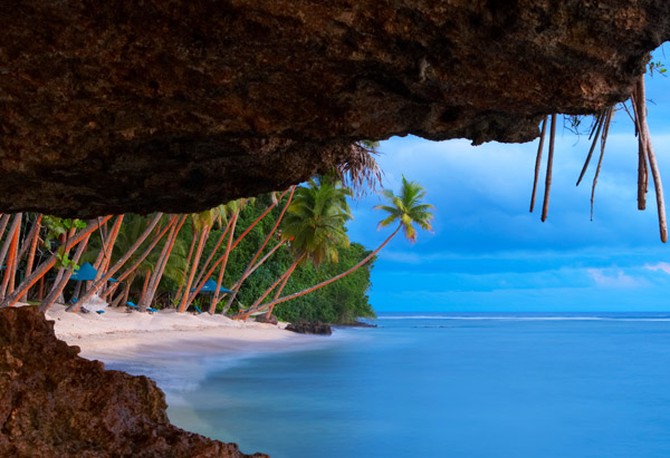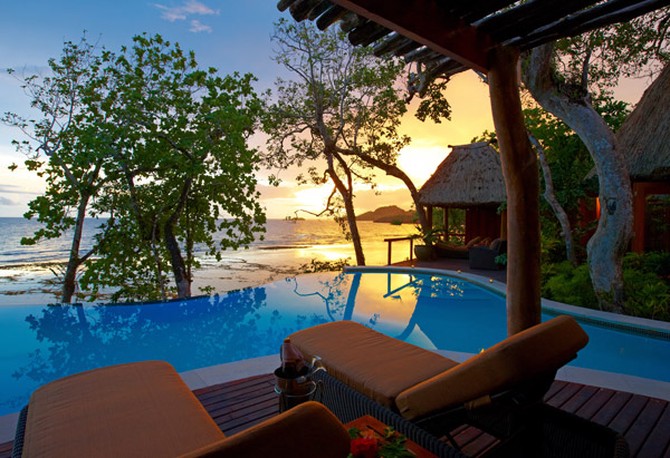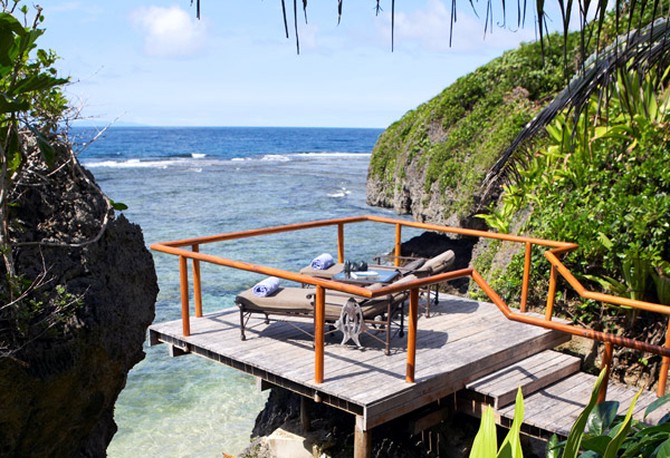SPONSOR CONTENT
4 Fun Facts About Fiji
Find out more about the Fiji Islands and Namale Fiji, the all-inclusive resort that was part of Oprah's Favorite Things giveaway in 2012.

Vanua Levu, the island Namale Fiji was built upon, was first sighted by Abel Tasman in 1643. Back then, it was known as Sandalwood Island because of the bountiful supply of sandalwood harvested from its dense forests. Shaped like an elongated crocodile, this island is the second-largest in Fiji and is surrounded by virgin waters that are teeming with marine life. In fact, the seas surrounding the island are home to the Namena Marine Reserve—a diving mecca.

Before Namale was a resort, it was a thriving coconut plantation. The first trees were planted around 1874 by one of the many European settlers who made their home in Savusavu, a town in the Fijian province of Cakaudrove. In the 1960s, the resort started off as a working coconut plantation, but the harvests stopped in the late 1990s. To this day, straight lines of planted coconut trees still stand tall on Namale's property.

Since it's inception, Namale has taken a very green approach to the construction of the resort. No trees are cut down unless otherwise approved by the ownership.

Savusavu is the only town in Fiji that has an active geothermal system with hot springs. The township is framed with a curtain of steam, and Savusavu residents use the heat of the springs to cook their food. It's not uncommon to see pots of food resting on hot pools of water.
Published 11/18/2012

